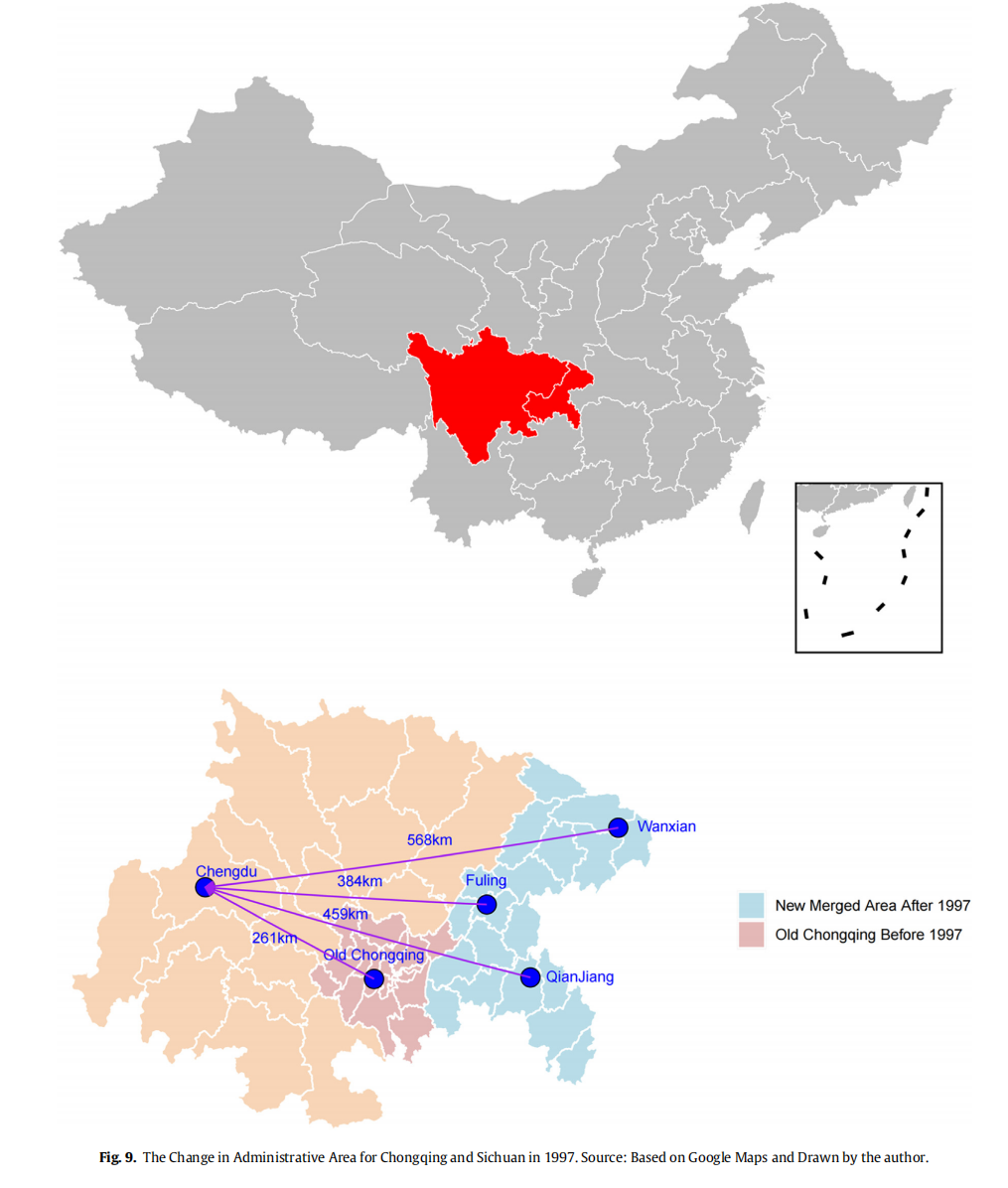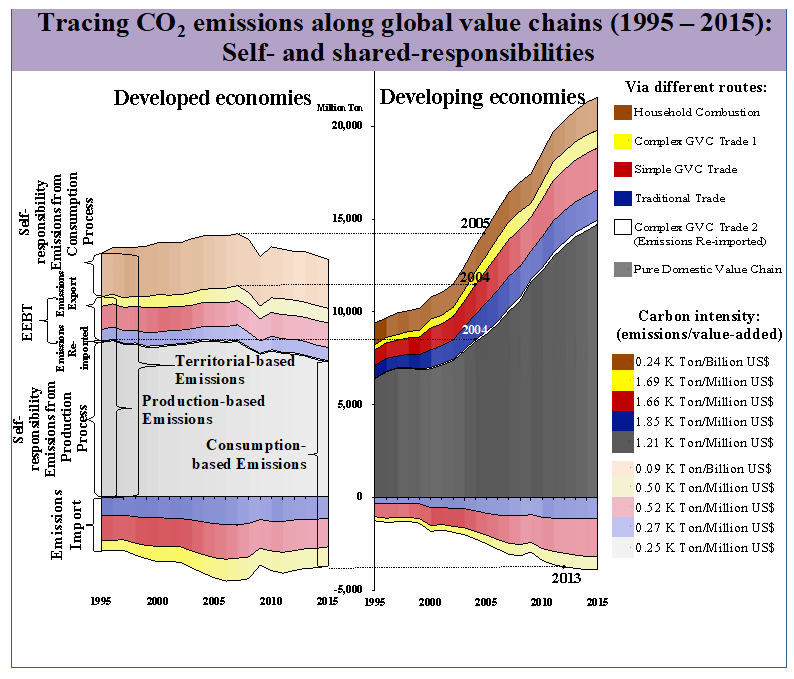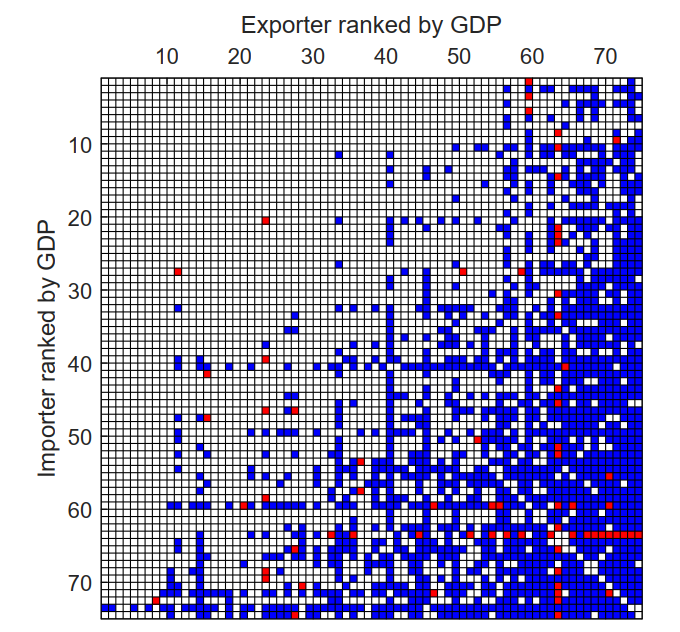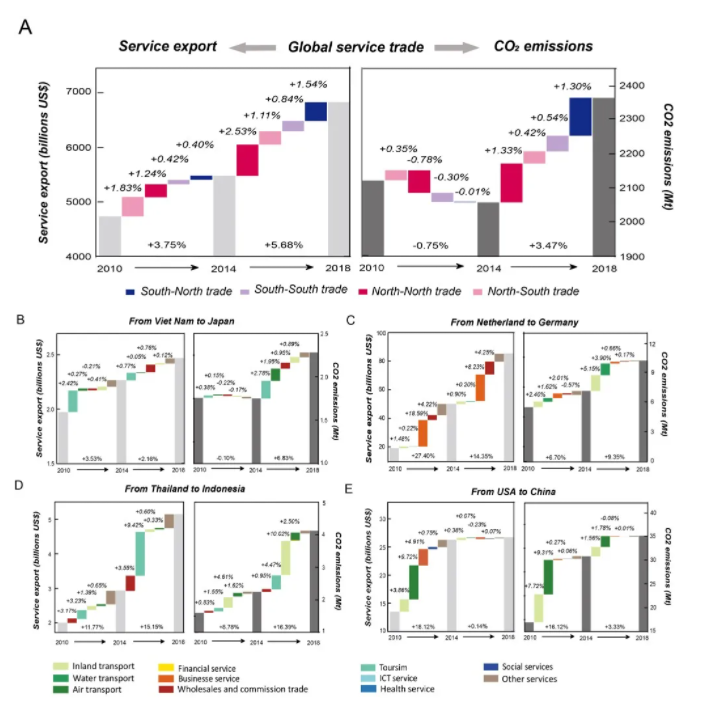
▋One Earth
Drivers of fluctuating embodied carbon emissions in international services trade
JingwenHuo19 JingMeng2910 engkaiZhang3 YuningGao4 HeranZheng5 D'MarisCoffman2 JinjunXue67 YuanLi8 DaboGuan12
1 Department of Earth System Science, Tsinghua University, Beijing 100084, China
2 The Bartlett School of Sustainable Construction, University College London, London WC1E6BT, UK
3 College of Management and Economics, Tianjin University, Tianjin 300072, China
4 School of Public Policy and Management, Tsinghua University, Beijing, China
5 Industrial Ecology Programme, Department of Energy and Process Engineering, Norwegian University of Science and Technology, Trondheim, Norway
6 Future Energy Center of Mälardalen University, Västerås, Sweden
7 School of International Trade and Economics, UIBE, Beijing, China
8 Institute of Blue and Green Development, Shandong University, Weihai 264209, China
Highlights
-
Emission embodied in service trade accounts for 30% of total global trade emission
-
Services trade in Global South has higher growth rate and emission intensity
-
We assess the driving factors of emission change from 2010 to 2018
-
We identify three main trade patterns of service exports in the Global South
Keywords
CO2; emissions embodied in trade; services trade; structural decomposition analysis
Summary
Service industries are generally considered “green” because of their marginal direct emissions; however, they account for 65% of the world gross domestic product and over 20% of total global trade in 2019. Here, we quantify the evolution of carbon emissions embodied in services trade from 2010 to 2018 and identify the driving factors of emission change at the global and regional scales. The annual growth rate of embodied emissions exported from the Global South (2.0%) is double that of the Global North (1.0%), with a different trade structure. We further identify three trade patterns of service export in the Global South based on the bilateral trade partnership and annual growth rate. Three kinds of specific emission mitigation policies are proposed based on the characters of services trade and different trade structures between different regions. The results provide quantitative evidence currently lacking and critical to policy decision making.






